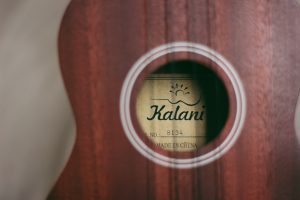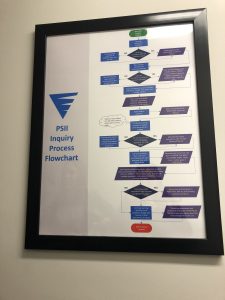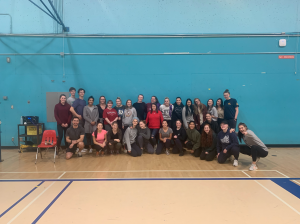Meditation Apps:
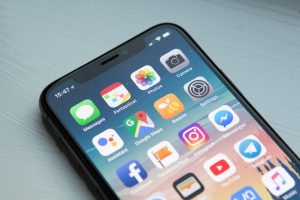
- Stop, Breathe & Think → Free: A mindfulness app designed for students with anxiety disorders that uses meditation and other breathing techniques to regulate their emotions.
- Pacifica → Ranked as one of Apple’s “Best Mental Health Apps”. This app allows you to track how you are feeling. It also has a unique audio playlist that you can use when feeling anxious.
- Cons: Free but also has a paid option of $3.00 a month
- Headspace → A meditation app for teachers to use in the classroom. Has a series of 10-minute voice-guided meditation exercises that students can follow.
- Dreamy Kid → an app that offers meditation “guided visualizations and affirmations” to help kids and teens to work towards a happier and more mindful life.
- Happify → games that are designed to conquer stress and make you happier. These games are tailored to your specific needs based on an entrance quiz.
- Cons: Free but Happify + costs $11.65 a month
Analysis → These apps allow students and teachers to have a guided form for students to combat their anxiety. This is an excellent tool for teachers as often they cannot always support a student who may suffer from anxiety, and using apps allows students to self-regulate their emotions. However, we did notice that many of the apps require payment for additional materials and students are unable to do so. Also, additional investigation is necessary as we would have to ensure the security of the student and their privacy.
Other Apps:
- Recolour → a digital colouring app that allows you to select from a variety of photos and colour in using the colour palette you enjoy.
- Super Stretch Yoga → a fun educational tool to teach yoga and the importance of physical activity and mindful breathing.
- Positive Penguins → an interactive and simple tool that helps students understand why they are feeling certain feelings and how they can move forward and feel better. It helps to change the way children process certain experiences and emotions so that they can cope with them in a positive way.
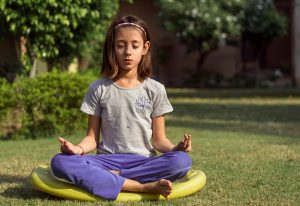
Analysis → These apps are a way to help students cope with anxiety and negative thoughts. They can be a way to re-centre a student, a way to distract them, or a way to teach physical activities that will help them cope with these negative feelings. These are good things to offer in a centre time or free play to allow students to explore coping mechanisms or just have fun while having the benefits of the app.
Videos:
- CosmicKidsYoga
-
- This youtube channel describes this video and others in the same series as a way to “find your centre to help ease worries and anxiety.”
- This could be displayed on a smartboard and the class performs the yoga in front of the screen. If an individual student needs time to calm down, they could bring a computer or iPad into a quiet room and perform some of the yoga.
- GoNoodle Flow
-
- https://family.gonoodle.com/channels/flow
- Positive thinking and relaxation exercises
- This could be displayed in the same way as CosmicKidsYoga
Analysis→ These videos are a great way for students who experience anxiety to still feel included in the classroom because they teach skills that are important for all students to learn such as mindfulness, self-regulation, and managing self-draining emotions. They are presented to the entire class at the same time and promote connectedness and belonging within the classroom community.
Non-Technological Tools We Have Seen In Practice In Schools:
- Squeeze balls, squishies, fidget spinners, fidget balls, water-based toys, going for a walk, riding a stationary bike, noise-cancelling headphones, desk shields, tattle phones etc.

